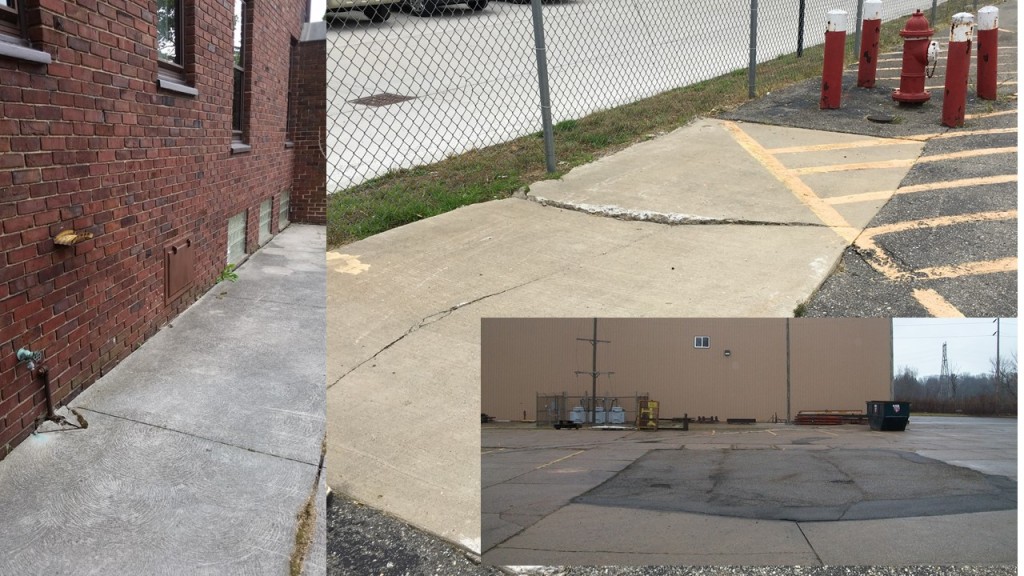My colleague recently took a call from an anxious small-business owner (somewhere in the Midwest). Someone doing utility work on his property came to his office and said, “You’ve got to come outside and see what I found.”
With no idea what he might find and feeling somewhat secure knowing he had his environmental due diligence report that stated no recognized environmental conditions, he headed outside. However, why he called us and what was discovered by the contractor on his property was an underground storage tank (UST). The UST contained diesel fuel…Uh Oh!!
The small business owner was confused, mad, and a little frightened. Why wasn’t this “discovered” during the Phase I Environmental Site Assessment (ESA) or Phase II ESA?
Background on the Mystery UST
Let’s reconstruct some of the key factors in this scenario. Interestingly enough, this business owner had previously contacted us to conduct the environmental due diligence for this property. Instead, he entered into an agreement with the seller to use the previously-prepared environmental assessment report.
An environmental consultant that was approved by his lender had conducted a Phase I and Phase II ESA on the property when the seller purchased the property. While we did not like to see the business go away, we advised the client to contact legal counsel and, at a minimum, make sure that he obtained reliance from the seller’s consultant. We are not sure if he contacted legal counsel, but he did get reliance from the consultant and an updated Phase I ESA that concluded the property was “clean.”
How Can You Miss a UST?
A UST is so big. How was this UST “missed?” Discovery of USTs during a Phase I ESA can be surprisingly difficult, especially if they are old USTs. UST registration programs have existed in federal regulations since 1988 and longer in some states. Most states have registration records of USTs, but they do not typically include USTs installed prior to their regulation. So, you can’t just count on the UST being registered. Sometimes you can find records of old USTs at the local fire department.
Because it can slip through regulatory programs, you have to be sharp and pay attention to a lot of details. You also have to know the questions to ask and to look for the right clues.
Unearthing these clues includes interviewing previous owners and operators (when available), visual inspection looking for “indicators” such as unexplained piping or replaced pavement sections, and close scrutiny of historical records such as old aerial photographs and local municipal records. However, there are times when the UST is so old, there is nobody around who has memory of it or has records. There are also some other specialized tools we use when there is no record of a UST, but all the clues indicate otherwise.

Do you see the evidence of underground storage tanks in any of these pictures (Photo Credit: Dragun Corporation)?
Back to the Discovered UST
After listening to this frustrated business owner and his concerns about who’s paying for this and what do I do next, we reiterated our earlier advice to him. Call legal counsel and pull out that reliance language. We understand that there was some pushback by the consultant who provided him reliance (they were not keen on paying for the UST removal). He called legal counsel.
This business owner wants nothing more than to get back to business as usual. Before that can happen, he’ll have to get that UST addressed and hope there are no off-site impacts. Fortunately, he now has excellent legal counsel, so he is headed in the right direction.
It’s Never “Just” Environmental Due Diligence
As this unfortunate example again demonstrates, environmental due diligence should never be taken lightly. Protecting yourself and your investment starts with having experienced technical and legal advisors that you trust.
Questions about USTs or Environmental Due Diligence? Feel free to contact me at 248-932-0228, Ext. 133.
